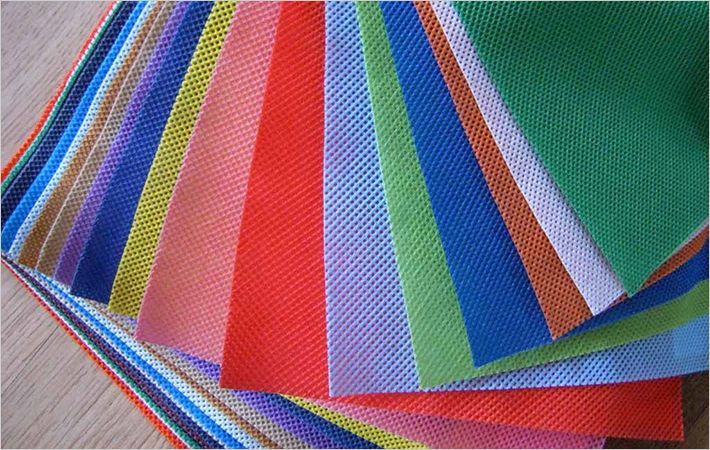The core technology of Ebb consists of conductive threads individually coated with thermochromic paint. When electricity is supplied to the threads, they heat up and gradually change color. For the initial research project, the team used the smart thread to create seven different crocheted and woven fabric swatches.
The team presented their research at the 2016 CHI conference, where the project won a Best Paper award. The annual CHI conference is sponsored by ACM SIGCHI (the ACM Special Interest Group on Computer-Human Interaction), Berkley School of information said.
But who would wear clothes that double as a computer display? And why? And how would people respond to computerized clothes? The team explored these questions in in-depth research sessions with seventeen people, including five fashion designers.
Initially, several delegates were skeptical thinking of Ebb as another computer screen. “I don't want to wear a screen,” said one participant. “There's enough glare in my life as it is,” said another. The idea made them recall past experiences of light-emitting clothing: “blinking Christmas sweaters, children's sneakers that lit up when they walked, or light-up visors they might get at carnivals and amusement parks.”
But Ebb isn't a light-up screen; it's just that the fabric changes colour. Feeling the fabric samples changed their responses. One participant said that the fabric “seems a lot more tactile and something like cloth rather than plastic.... I think it's just more intimate and easier to like.”
Thus, participants embraced the subtlety of Ebb's gradual colour changes. Gemma, one of the participating fashion designers said she “loved the ghostly in and out of thermochromics.” Another participant found the swatches were “more ambient than attention grabbing.” Another thought that “the slowness of the information represented on the display could support a relaxing 'zen-like' experience of information.”

